I have POSIXct dates stored in a vector, and I want to plot/extract the number of occurrences for each date.
head(dates1, 10)
[1] NA NA NA "2012-01-19 UTC"
[5] NA NA NA "2013-04-02 UTC"
[9] "2012-10-04 UTC" "2012-12-20 UTC"
The closest I get is this:
hist(dates1, breaks = 27, freq = TRUE, ylim = c(0, 80))

However, this is quite crude. What I would like to do is to convert the data to a vector with counts of each date so that I can do more computations and plots on it. How can I accomplish this?